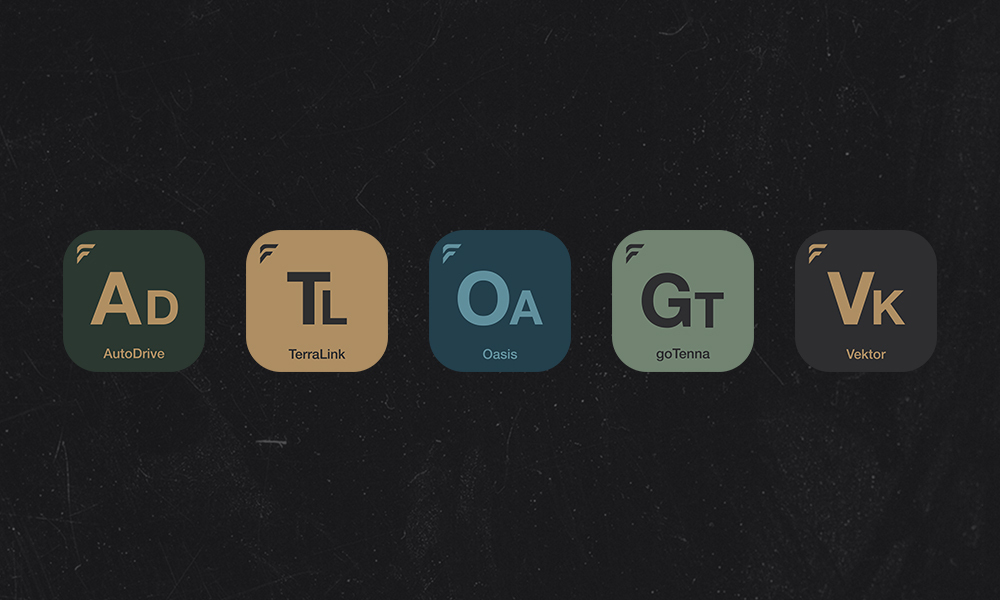Joseph Putney is the Chief Technology Officer of Forterra. He is a highly respected roboticist within the industry, known for his combination of business savvy and technical know-how. Mr. Putney’s role has expanded in recent years to overseeing the company’s core engineering efforts across all of its commercial business units, which includes transit buses, class 8 trucks, yard trucks, shuttles, and agriculture vehicles.
Joe helped build Forterra from the ground up. He deployed one of the early robo-shuttles, providing transit services for the wounded soldiers, cadre, and medical staff between the Warrior Transition Battalion Barracks and the Womack Army Medical Center hospital campuses. He then built new departments and processes to further develop and support the deployment of robo-shuttles on four continents, operating in a variety of environments, including downtown and residential areas, academic/corporate campuses, underground parking facilities, boardwalks, and tourist sites. Joe oversaw the development of the first autonomous, heavy-duty transit bus in North America, the New Flyer XcelsiorAV and its partnership with the two largest bus OEMS in North America, New Flyer and Gillig. After Forterra's successes in the transit industry, Mr. Putney drove the expansion into the yard truck industry. Today, autonomous yard trucks are piloting in two continents, moving and reversing trailers into loading docks at distribution centers. With its recent Softbank-led raise of $228M, Forterra is looking to continue its expansion in the commercial sector and further scale and expand its operations around the globe.
Joe has worn many hats during his tenure at Forterra, including researcher/engineer in motion planning, prediction, and platform control; system architect; business developer; and product manager. He helped build the AutoDrive® ADS applique that is vehicle and use-case agnostic, which is able to operate in mixed traffic, public roads, but also off-road, such as yards and all-terrain applications. During his 18 years in the Autonomous Vehicle industry, he has integrated autonomous technology on more than 15 different vehicles and has deployed autonomous vehicles across the United States and internationally. His motion planning algorithms ran on some of the first true driverless vehicles that were clearing mines in Afghanistan in 2009.
Joe earned a Master of Science and Bachelor of Science in Mechanical Engineering from Virginia Tech, where he competed in the second DARPA Grand Challenge in 2005. Joe holds two patents, with several pending, for robotic engineering that include robotic swarm localization using ranging radios as well as a method and system for utilizing inertia to optimize fuel consumption.
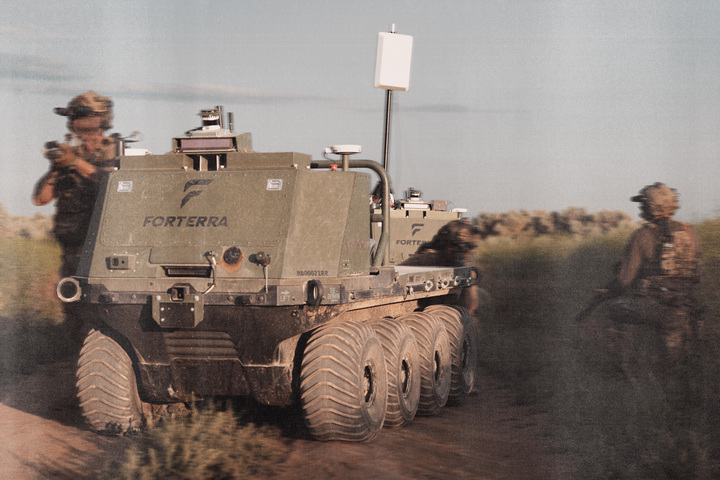

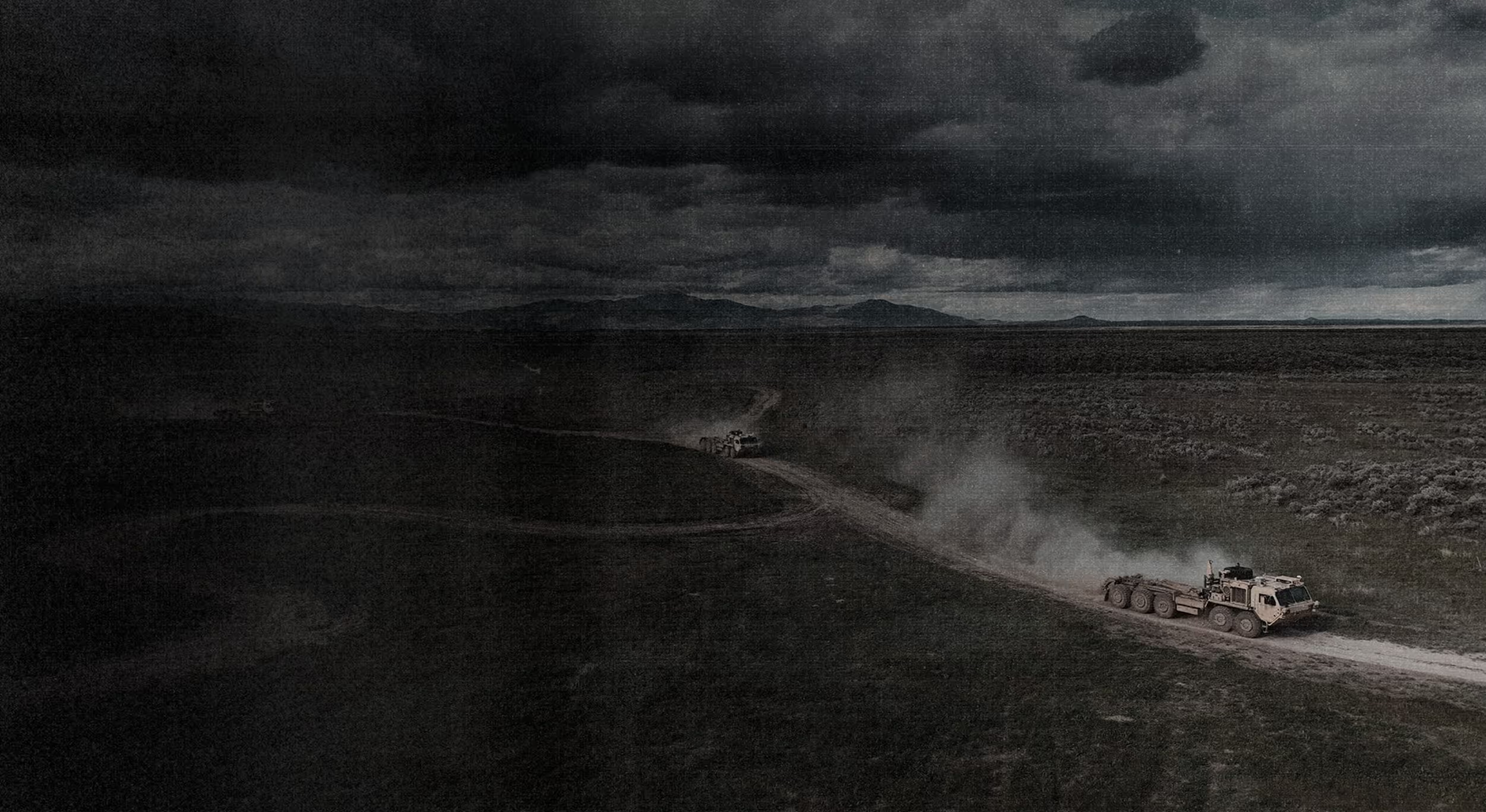

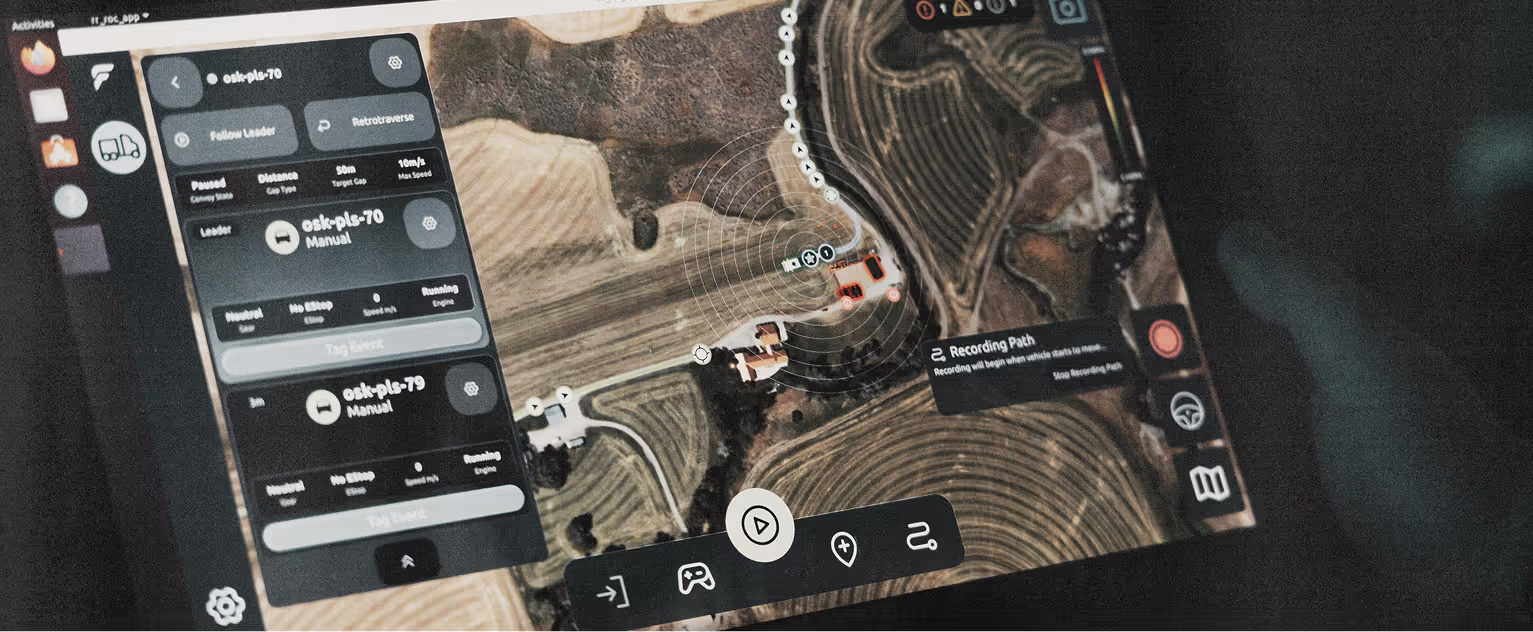

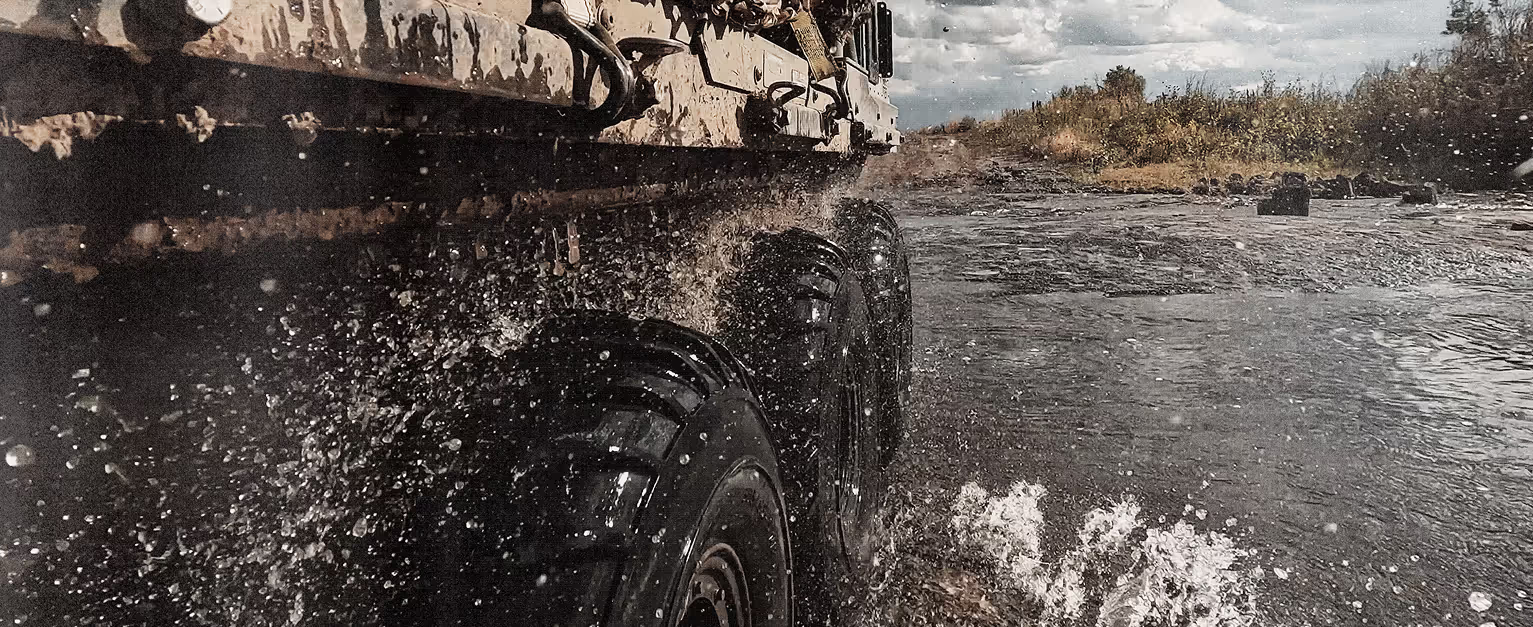
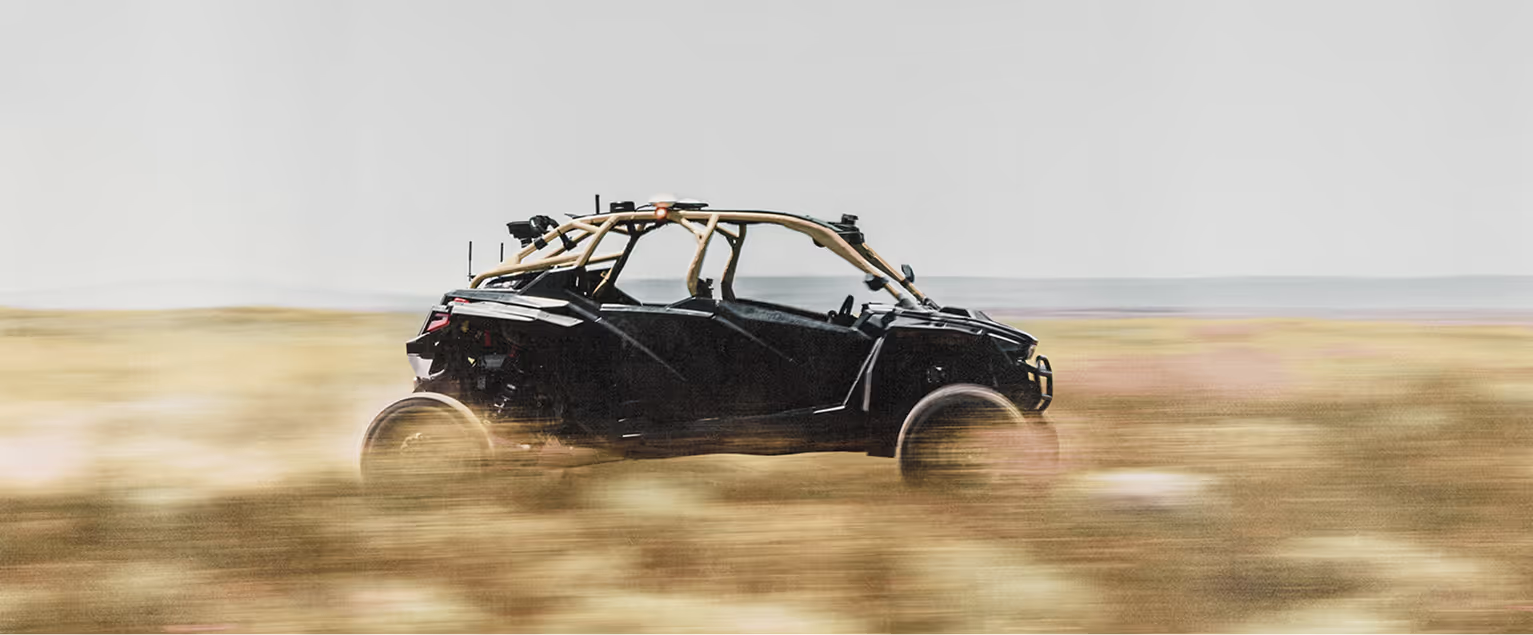



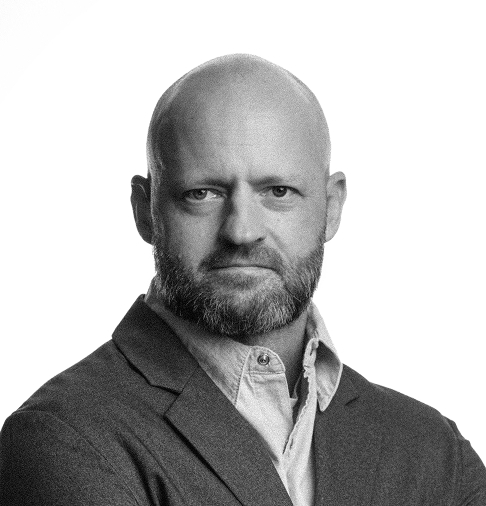


%20-%201080x1080%20-%20v3.jpg)
